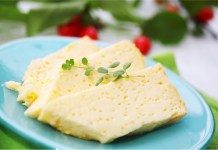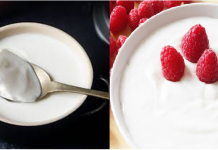Fasting is already not an easy thing to do on its own. Add the hot, tropical weather to that, and it is agony, especially if done in an unplanned and unsystematic manner. And Ramadan falls during the hottest season of the year; days are warmer and longer! That means extra preparation, and knowing what to eat during non-fasting hours is essential to good health and endurance during the entire month. Everyone needs nutritionally balanced food daily, and even more so during long hours of fasting. The following are a few tips to carefully plan healthy eating as you observe Ramadan:
Go Wholesome
Foods like white bread, white rice, and white sugar are processed foods which means they contain very little or no nutrients at all. White bread, for instance, is prepared from white flour which is processed and it’s nutrients are stripped off it. Choose wholefoods like brown bread, brown rice, and brown sugar instead because your body needs all the nutrients it can get to break the day-long fast.
When you are having your carbohydrates, be sure to pair them with protein-rich foods like beans, meat or eggs to balance the meal.

Go Organic
Although junk and ready-to-eat foods are more convenient, they’re usually filled with unhealthy ingredients like high-fructose corn syrup, MSG, and heart-clogging oils. There are healthier options and just as quick to prepare! Shop for fresh vegetables and fruits; wholesome and packed with nutrition, they are actually more filling for a longer time than processed foods.

Go Natural
Of course, you need not forego the celebrations and not indulge in your favorite delicacies, especially at Iftar (evening meal for breaking fast), but opt for healthier ways of eating them. For instance, try baking instead of frying samosas and try to hold off on as many desserts as possible to avoid any sugar crashes later in the day. If you must have something sweet, use real honey or turbinado (a natural, sugarcane-based sugar) in your recipes, or eat fruits that are a bit more on the sweet side to satisfy the cravings of your sweet tooth.

Above all, don’t forget to hydrate your body with water and hydrating fruits and veggies when you’re not fasting. Avoid salty dishes because they leave you thirsty long after you’ve had your meal. Instead, prepare fresh juices and smoothies to prepare your body for the fasting period and not subject it to any weakness and dehydration.


 Traqade
Traqade































In addition to testing the player’s abilities, geometry dash meltdown evokes strong feelings through its rhythmic blend of noises and visuals.